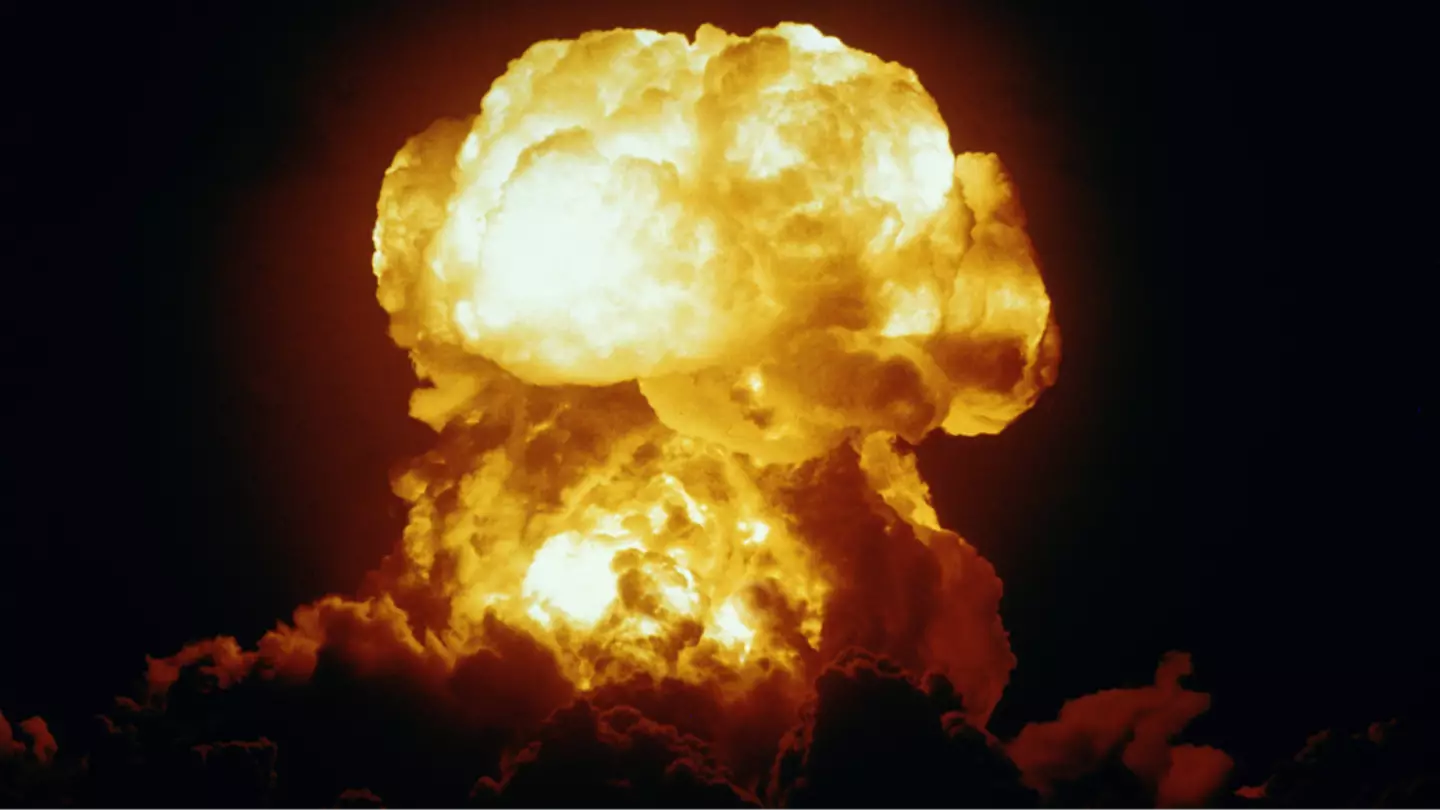With rising tensions around nuclear conflicts and fears of World War III, an expert has shared practical steps that citizens can take to be ready for a worst-case scenario.
The chilling premise of Netflix’s new film, A House of Dynamite, might not be as far-fetched as it seems. Once ranked as the major threat to human survival, climate change has now been overshadowed by the possibility of a nuclear apocalypse. The presence of weapons capable of annihilating life in an instant is a stark reality.
Recent actions by President Donald Trump and Russia’s Vladimir Putin, including veiled threats and military posturing, have only increased these concerns. Last week, for instance, the U.S. President directed the Department of War to test nuclear weapons for the first time in over three decades, amidst ongoing global conflicts, from Ukraine to Gaza.
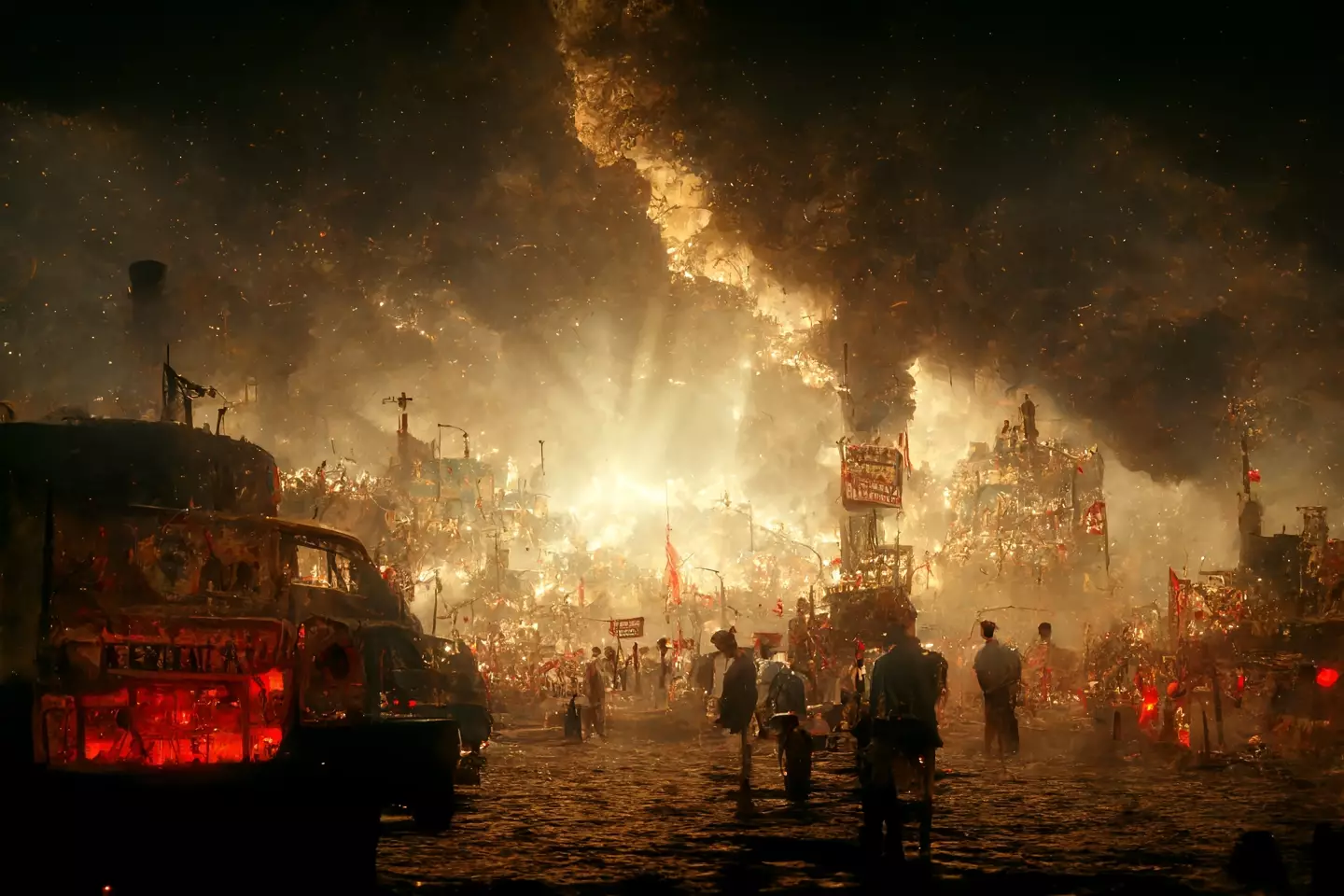
Given the unsettling themes of the movie and the looming threat of global conflict or a nuclear event triggering a perpetual winter, these fears are unfortunately reasonable.
However, there are practical steps that individuals can take. An expert has outlined five strategies to prepare for such unsettling events.
Sean Gold, who specializes in emergency management and founded the preparedness website TruePrepper.com, shared with The Express that the initial step involves assembling an evacuation bag with essential items.
“Place your government-suggested supplies in a bag that you can carry. Preppers call it a ‘bug out bag’, designed for fast evacuation with survival essentials,” he explained.
For a survival kit, Gold recommended including several key items: “A lighter, water filter, tarp, and other gear that meet your basic survival needs can help you survive worst-case situations.”
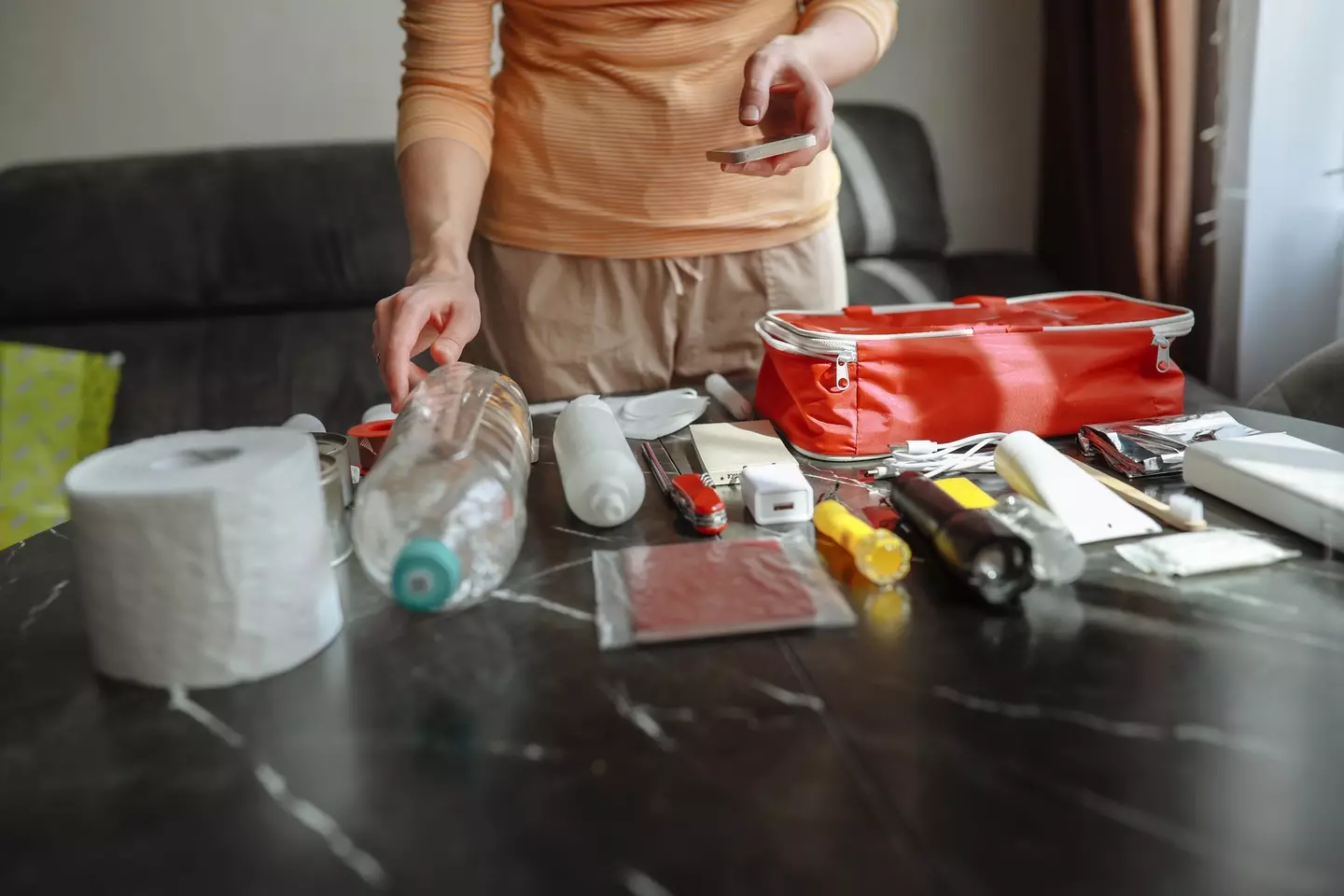
Other useful additions include a battery or wind-up flashlight, a portable power bank for electronic devices, spare batteries, a basic first aid kit, bottled water, and non-perishable food that doesn’t require cooking.
Gold advises following the prepping community’s mantra, ‘store what you eat, eat what you store,’ which implies storing food your family enjoys and rotating it regularly to maintain freshness.
“Having a variety of cans to replicate a range of meals is best, since their macronutrition can vary widely.”
Gold also emphasizes the importance of reducing dependence on supply chains. During a conflict, access to goods and services could be severely limited or completely disrupted.
Home gardens can become crucial, providing fresh produce when grocery stores may be inaccessible. Rainwater collection barrels can also be incredibly useful.
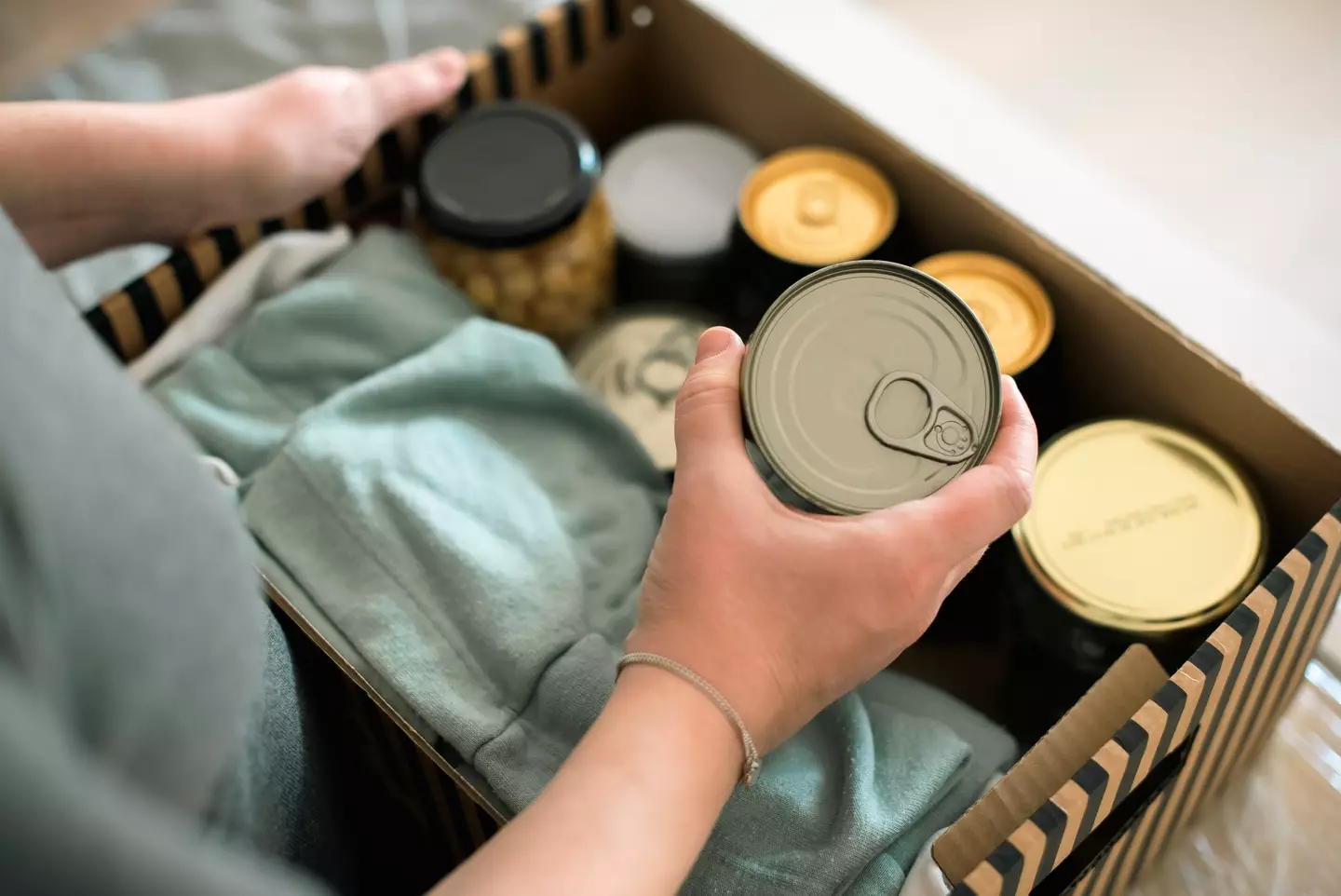
Having solar panels and small generators could provide essential power during an electrical outage, enabling the charging of devices and use of critical equipment.
Ultimately, Gold reassures that it is possible to survive a nuclear event, despite how movies might portray such scenarios.
“Many people write it off as an apocalyptic situation, but while it’s massively deadly and disruptive, it could be survivable for most people,” he noted.
“EMPs (a burst of electromagnetic energy) are a related possibility – and specialised gear can help tackle all of these threats.”
Gold also suggested various protective measures and equipment: “Potassium iodide, respiratory protection, Faraday bags, and Geiger counters can all help in those extremely unlikely situations.”
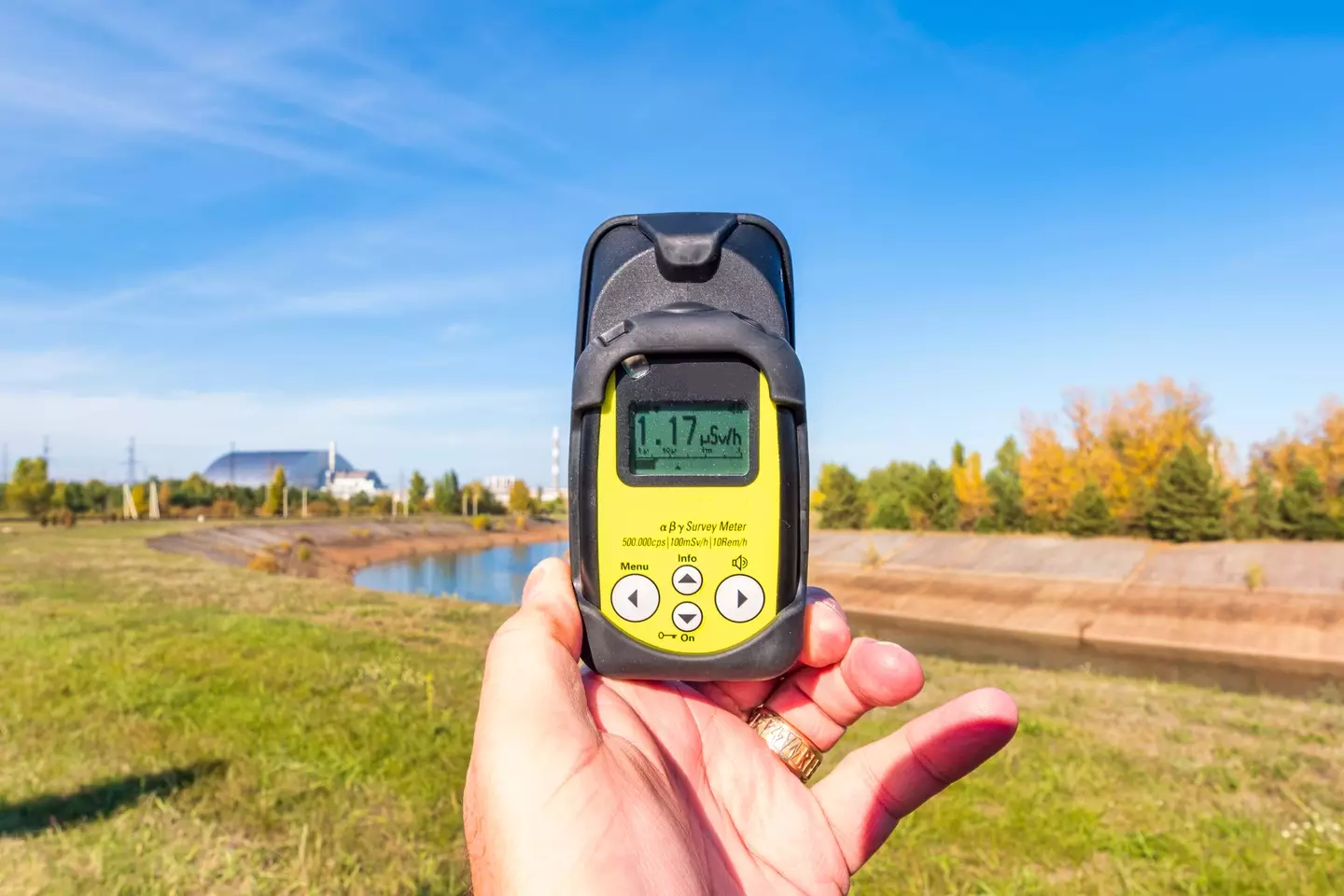
Potassium iodide tablets can help prevent the body from absorbing harmful radioactive iodine, and Geiger counters, which are handheld devices, can determine safe areas by measuring radiation levels.
Meanwhile, Faraday bags can protect electronic devices from electromagnetic pulses, and filtered masks can prevent inhalation of contaminated particles.
The advice follows comments from Dr Rhys Crilley, an international relations expert at the University of Glasgow, UK. He recently highlighted that nuclear threats are no longer just ‘theoretical.’ Even a ‘small’ conflict involving 100 warheads could disrupt the global food supply, potentially leading to the deaths of two billion people from starvation within two years.

